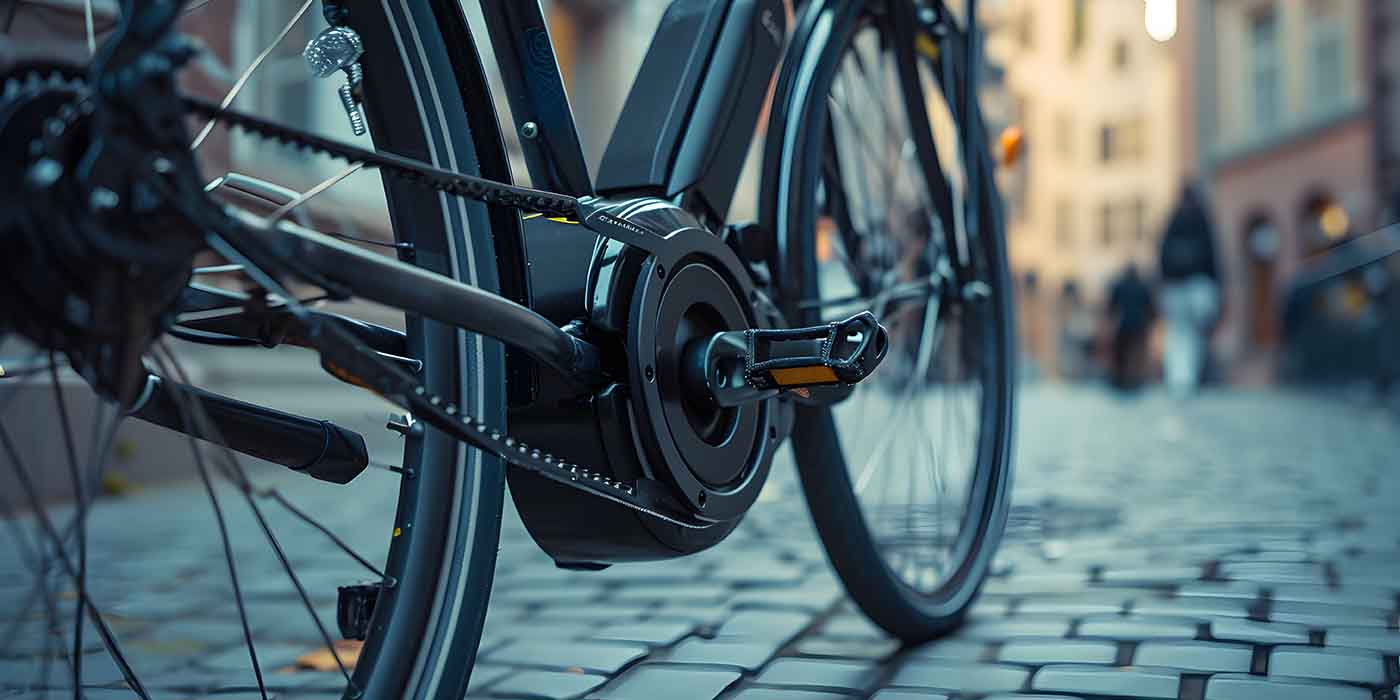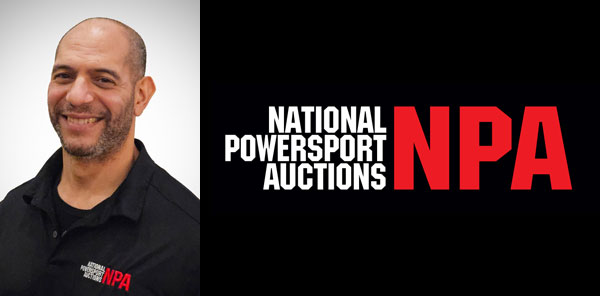Over the past 18 months, pre-owned (used) inventory has become the No. 1 selling “brand” in dealerships. Due to new supply chain issues (I know, we are all sick of those three words), powersport dealers of all sizes and franchises have turned to used inventory to have something to sell. As the consumer demand pendulum begins to swing back to center and new inventory is delivered to dealers, we decided to build a checklist to help you strategize your pre-owned business plan for the next six to 12 months. This checklist will help you capture as many customers as possible while retaining the margins you have grown accustomed to over the last two years.
The Money Is Made in the Buy
We have all heard the saying before, but now is the time to write it on a post-it note and tape it to your monitor. As you read this, the spring market is in full effect, but it will begin to slide as we near the second half of the year. Make sure your trade-in offers are in line with the market 60 days out — you will be much better positioned if in late spring you take trades with summer/fall pricing in mind rather than peak spring values.
Depreciation Is Back
The last two years were unlike any other time in history, due to the demand surge that occurred during the pandemic. Vehicles appreciated in value rather than depreciated. Unfortunately, this period of elevated values is coming to an end. As the shift takes hold, it is important to not get caught purchasing with the pandemic pricing mentality.
How to Accurately Value Powersports
Powersport values change weekly, and there are several tools out there to help estimate a value. Book values are great for general trends and knowing the loan to value (LTV) limits for financing on a bike. For the most accurate powersport values of what vehicles are actually worth on the open market, we recommend using digital value guides that update every time a vehicle is sold, giving you real-time data on vehicle values.
Buying At Auction
When it comes to buying at auctions, we recommend doing your homework days before an auction begins. Start by looking at your current inventory and the bikes that you have sold recently. Identify models, mileage range and colors that have been performing well in your store. Once you have your auction list of desired models, find auction items that match your list. Take the time to review each auction item, look at the condition and the title type (depending on your state DMV rules, certain vehicles might not be able to be registered in your state), and set the maximum amount you are willing to spend to meet your margin and turn-time goals. Performing the steps above will ensure you are prepared for when the auction begins and will eliminate any emotional buying that can end in regret days later.
Buying Live vs. Online
We recommend attending your first auction live so you can experience the bidding/buying and check-out process. Attending live is also a great opportunity to meet auction staff and ask any questions. According to our statistics at National Powersports Auctions, most dealers (90%) now bid online via simulcast once they are familiar with the live auction process.
If a dealer is bidding via simulcast on a desktop or smartphone, he or she can see the unit and its details, hear the auctioneer, and see and click on the current bid. Dealers can also communicate with the auction staff directly through the chat system. This gives dealers all the same experiences as if they were on the floor but from the comfort of their dealerships, homes or on the road. If a dealer cannot attend a live auction in person or online, he or she can place proxy bids in advance, allowing the system to bid on the dealer’s behalf during the auction. The proxy system only bids the amount needed to either meet the reserve or be the highest bidder.
Sourcing Used Inventory
- Auctions: Auctions should not be your only source for used inventory. Auctions are great for getting exactly what you need when you need it. We recommend using auctions for purchasing your top-selling models, buying in bulk or acquiring the units you need right away.
- Street buys: Buying off the street is a great way to get used inventory usually at a discount. Hopefully, you have a trade-in tool on your website that captures customers looking to trade-in or just sell their vehicles. Buying off the street can be time consuming and expensive to staff, but you have total control over what you buy and how much you pay.
- Current customers/service department: Reach out to your current customers, especially ones that have their bikes in service.This is a great way to get them thinking about or even demoing a new bike and gives you time to value their current bikes.
Define Your Turn Time
Like milk in a refrigerator, keeping your inventory fresh is just as important as buying it right. Turn time is not an issue right now for almost all makes and models, but we expect in the next three to six months that turn time will once again become an important discipline. By having a concrete turn time plan for your vehicle inventory, you will be able to maximize your capital and ensure you have the right models on the floor for your customers.
Selling at Auction
There are several reasons dealers send their inventory to the auction. The most common reasons are that inventory exceeded their defined turn time, they have trade-ins they do not want to put on their floors or they have too many of the same model. Whatever the reason is, auctions are a great way to turn inventory into cash. There are a number of ways for dealers to liquidate their inventory:
- Consigning at auction: Consigning units to auction is the best way to maximize your profit. By consigning, dealers benefit from the competitive bid process and get to keep all the financial upside.
- Advanced payments: With some auction companies, dealers have the ability to get cash faster through an advanced payment of up to 75% of the value prior to their inventory selling at auction, for example. Once the product sells, the auction house will pay the remaining amount.
- Direct buying: Some auction companies offer pre-qualified dealers the ability to never turn away a trade. They will provide an actual cash offer that a dealer can use to pencil any deal. There are no additional transport or selling fees. This option is great for dealers that are looking for the quickest and most convenient selling option. Once a dealer agrees to the price, the auction house will overnight a check, dispatch a truck for pickup and then sell the vehicle through its auction process.
Over the past two years, the powersports industry has won the hearts of hundreds of thousands of new riders. We hope this checklist will help you capture and retain additional customers while maintaining the profitability you have grown accustomed to over the last two years.
Ryan Keefe is the vice president of marketing for National Powersport Auctions, the leading marketplace for pre-owned powersports. He has over 15 years of experience in marketing, sales and new business growth in the powersports industry. His current focus is utilizing emerging technologies to streamline business processes resulting in higher margins for dealers and a more convenient customer experience. Ryan also serves on the board of directors for the Road 2 Recovery Foundation, a nonprofit organization dedicated to supporting athletes who suffer career-ending injuries. For more information on any of the topics listed above, please feel free to reach out to [email protected].














